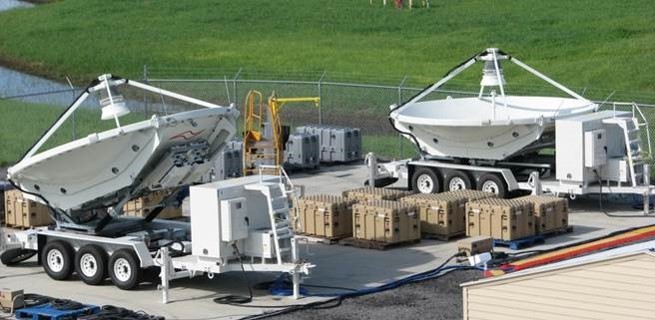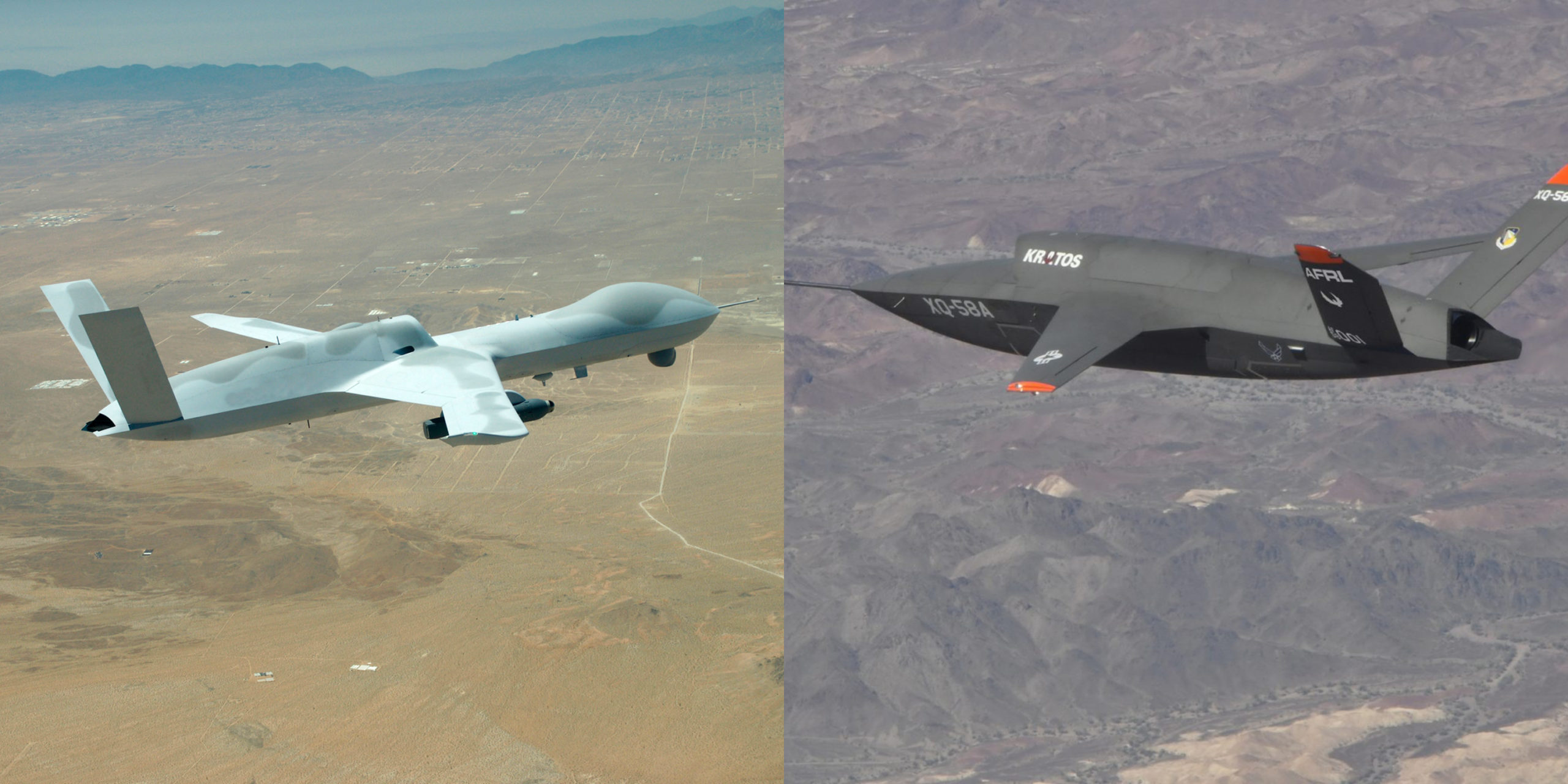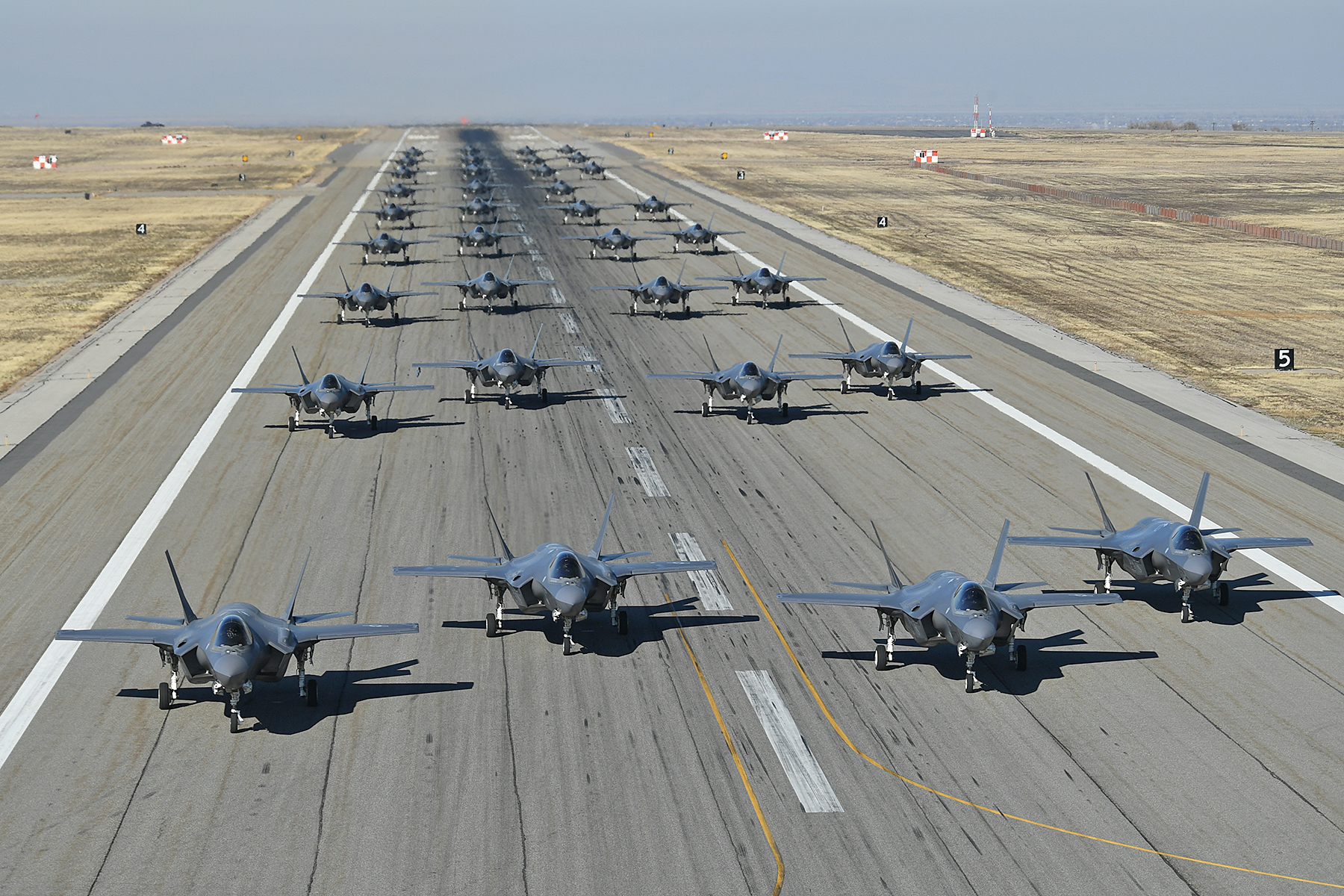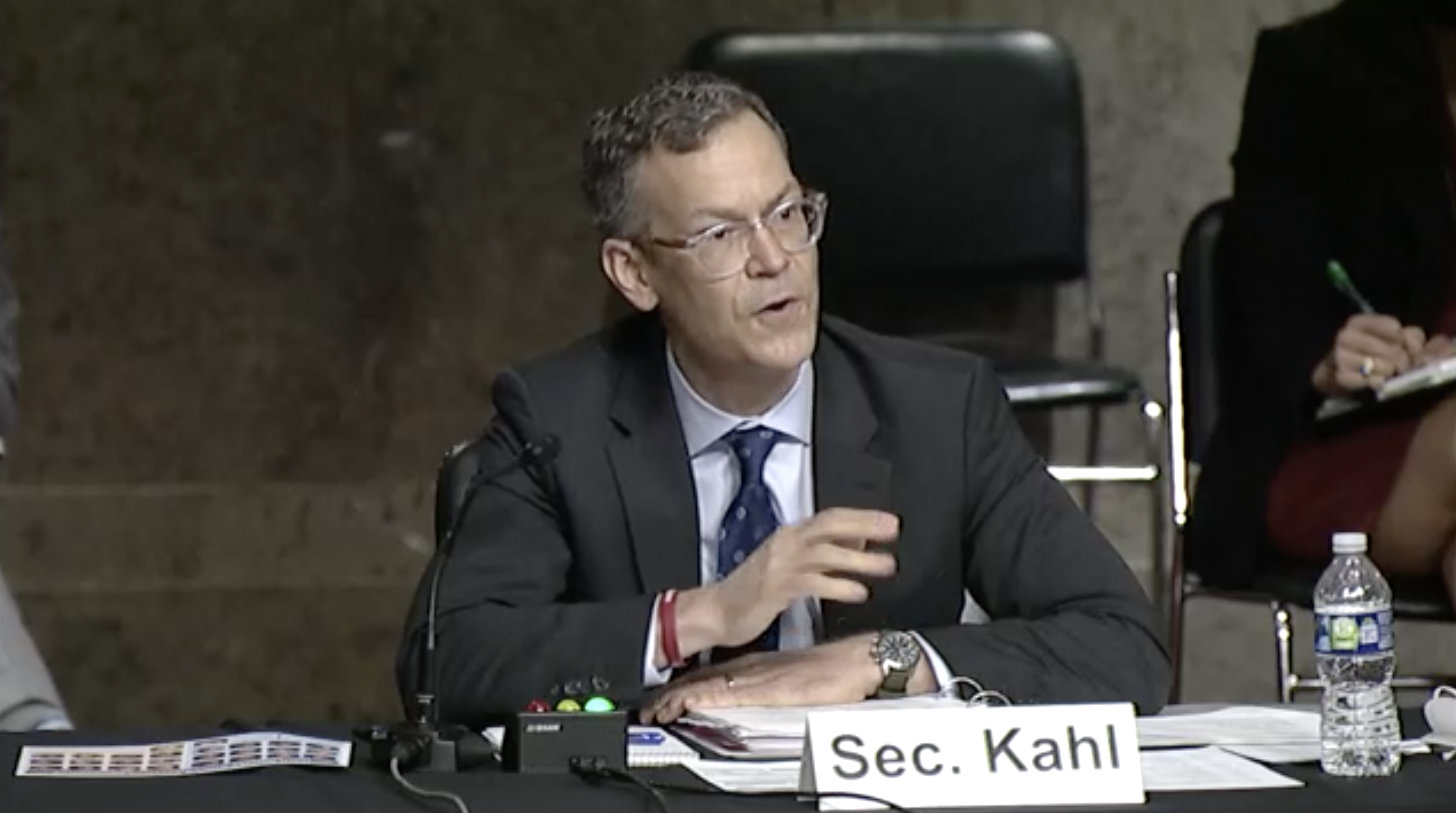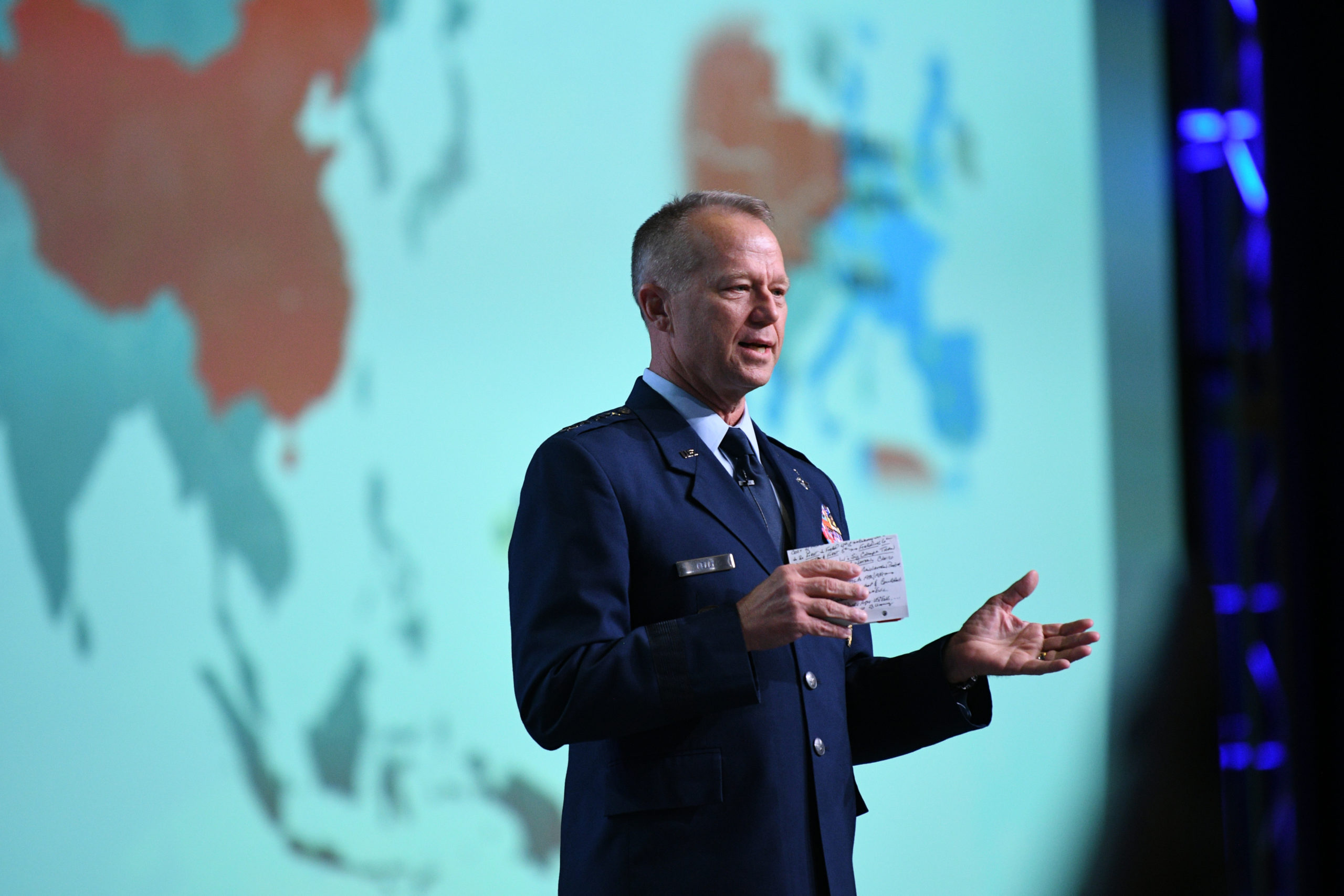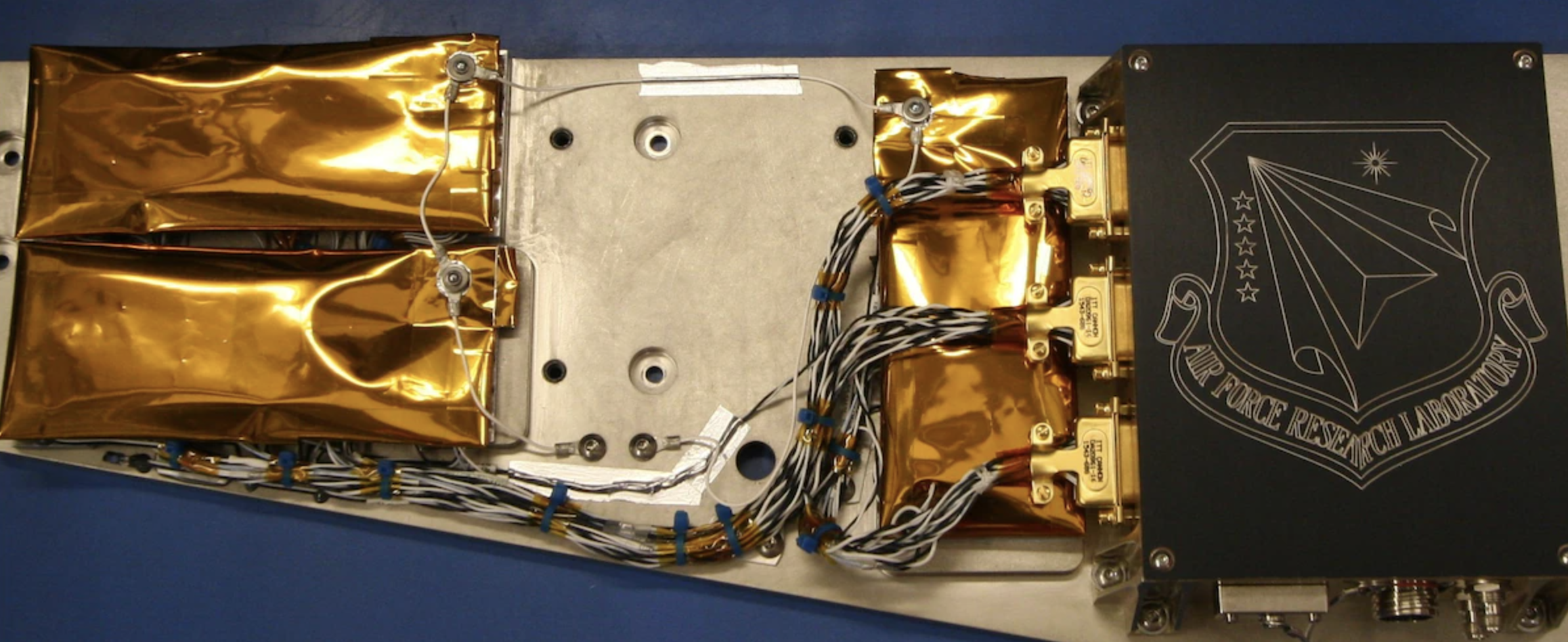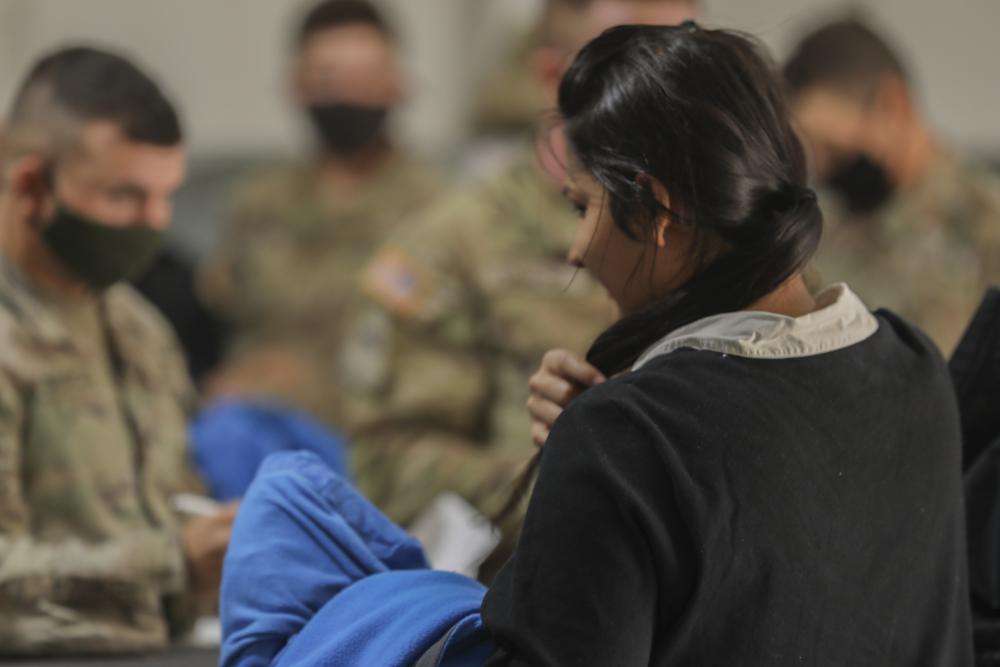A new report by the Defense Department’s Office of Local Defense Community Cooperation found that Texas and Virginia were America’s top recipients of defense spending, some $83 billion and $64.3 billion, respectively. Texas and California topped the spending categories for Air Force contracts and personnel, some $17 billion and $15 billion, respectively.
The analysis of fiscal year 2020 data, which runs from Oct. 1, 2019, until Sept. 30, 2020, broke down DOD spending in all 50 states and the District of Columbia. Over the fiscal year, DOD spent $593.9 billion, the equivalent of 2.8 percent of America’s gross domestic product. Contracts accounted for $439 billion while DOD payroll accounted for about $155 billion.
The report is meant to help local officials assess their state’s dependence on defense spending and to target assistance for “more resilient communities and companies.” State-by-state graphics include heat maps for spending by county and a list of the defense contractors and how much they were paid.
Among the states where the Air Force received the highest proportions of defense spending compared to the other services, Nebraska was highest at 79 percent, Oklahoma next at 74 percent, then Montana at 73 percent. However, with defense spending ranging from just $300 million to $3.4 billion, the actual dollar value spent on the Department of the Air Force is relatively low compared to higher dollar states.
The states where the Air Force received the largest share of funding were Texas and California. In Texas, $13.53 billion was directed to contracts and $3.33 billion to personnel. In California, $12.32 billion was spent on contracts and $2.55 billion on personnel.
Colorado, which hosts U.S. Space Command, as well as Space Force field commands Space Training and Readiness Command and Space Operations Command, ranked fifth overall in Air Force dollars at $6.18 billion. Some $4.93 billion was spent on contracts and $1.25 billion on personnel in the state. Ranking third and fourth for Air Force dollars was Virginia at $8.46 billion and Florida at $8.42 billion.
Just over 60 percent of DOD’s spending went to just 10 states.
Top 10 States by Total Defense Spending
| Rank | State | Defense Sending (Billions) |
|---|---|---|
| 1 | Texas | $83.0 |
| 2 | Virginia | $64.3 |
| 3 | California | $61.0 |
| 4 | Maryland | $30.4 |
| 5 | Florida | $29.1 |
| 6 | Connecticut | $23.6 |
| 7 | Arizona | $20.2 |
| 8 | Massachusetts | $18.6 |
| 9 | Pennsylvania | $17.8 |
| 10 | Georgia | $15.8 |
| Total for Top 10 States | $363.8 | |
| Total for Top 10 States and Washington, D.C. | $593.2 |
Office of Local Defense Community Cooperation
The majority of contract dollars were spent on supplies and equipment, such as aircraft and parts (54 percent), services (34 percent), research and development (7 percent), and construction (5 percent). The biggest chunk of personnel pay was spent on Active-duty military (46 percent), followed by civilian pay (40 percent). The National Guard received 8 percent of personnel dollars, and the Reserve received 6 percent of DOD personnel dollars.
The top defense contractors nationwide in fiscal 2020 were Lockheed Martin with $72.9 billion, General Dynamics with $22.8 billion, Boeing with $22.4 billion, and Raytheon with $20.2 billion.
The DOD Office of Local Defense Community Cooperation did not immediately respond to calls and emails from Air Force Magazine requesting comment on the report.

